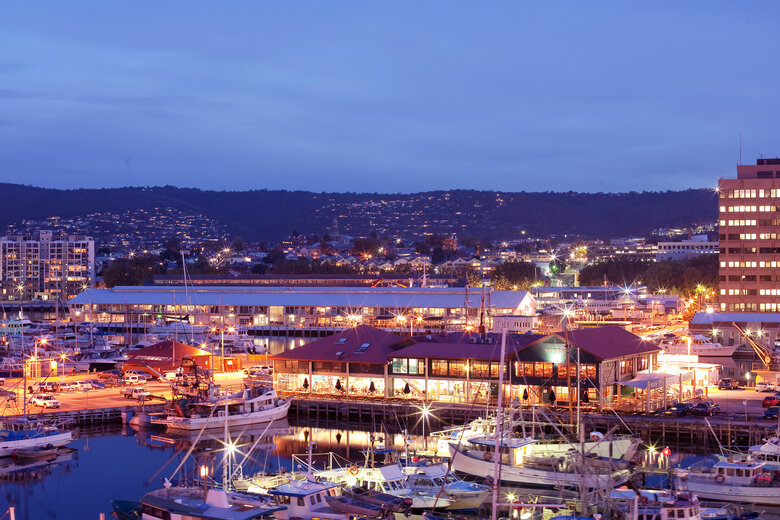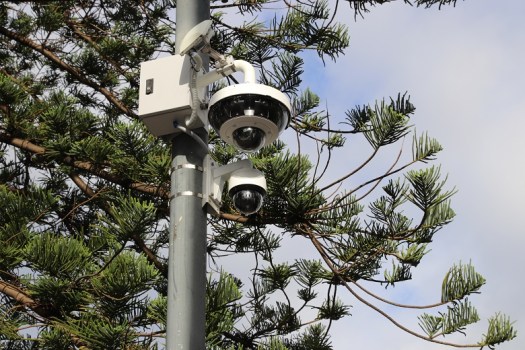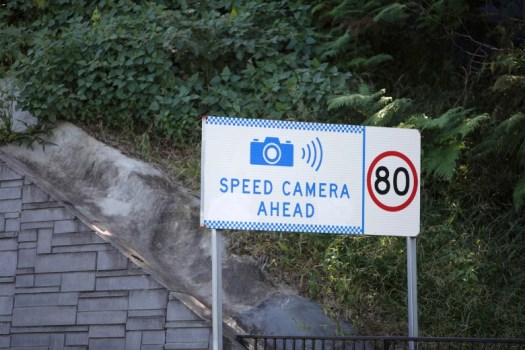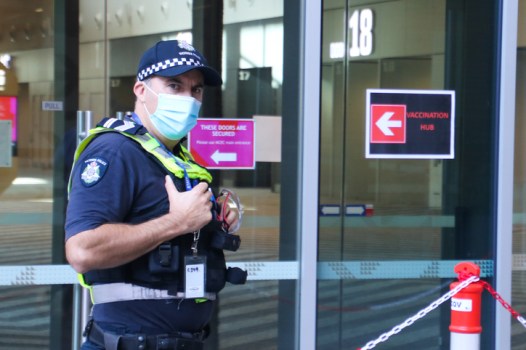
For about 15 years, the City of Hobart had been using CCTV to protect council property and keep the streets safe. But the system was ad-hoc, patchy, siloed, unreliable.

That changed some two years ago when Council decided to upgrade the city’s legacy security system and reinstate it as a single, citywide integrated network.
Today, the network consists of 200 cameras deployed across the city’s busiest areas, delivering 300 video feeds in a move that council says has vastly improved the range and capability of its safety surveillance.
“Previously we had disparate units the council had set up their own systems. There was no over-arching unit within the council that looked after those cameras,” Hobart’s Smart and Sustainable City Manager Robert Stevenson tells Government News.
“They’d stop working and nobody knew, or the person who installed them had left council and no one understand what had been installed. And if you wanted to know what had been filmed, you had to go out there with a USB drive and download the footage.
“When we did an audit we found that a significant number of them just weren’t working or had reached end of life, so it seemed a natural fit to bring together all of those areas that needed to collect information around the city and put them into one unit.”
The project was made possible via funding from the federal government’s Safer Communities Grants fund, which provided about $860,000, with the City of Hobart stumping up $1 million.
Council worked with local network solutions company Jettech and Swedish surveillance tech provider Axis to set up a range of fixed dome, multidirectional cameras covering a high-traffic stretch of the CBD.
Video management software enables council to share footage with police and identify traffic and public safety issues in real time.
“We’ve got a lot of information back from police saying the crimes they would otherwise have had no way of solving they’ve been able to solve using this system,” Mr Stevenson says.
Smart city advantages
As well as monitoring public safety, the City anticipates that over time the network will gather analysis and data that, when coupled with AI systems, will lead to better infrastructure decisions without the cost of contracting consultants.
“What we’re very interested in is the smart city advantages of being able to monitor video feeds for people counting, vehicle counting, security counting – all those smart analyses of what’s going on in the city,” Mr Stevenson says.
In conjunction with drone footage, data from the network cameras are also being used in the City’s digital twin project, which is creating a high res 3D fly-through interactive model of the city.
With remote telemetry devices, including the cameras, we can start to get a sense of where cars are going, where people are and bicycles and scooters are.
Robert Stevenson
“The cameras will increasingly tell us, using analytics, high level information about where people are in the city and how they are moving about at different times in the day, for tourism businesses or hospitality,” Mr Stevenson says.
“With remote telemetry devices, including the cameras, we can start to get a sense of where cars are going, where people are and bicycles and scooters are.
“It will help us understand the effects of things like closing a road or putting in a new bike lane. All of those sorts of things become possible once you have the analytics.”
Council says a fibre optic network is also currently being built, which will provide City of Hobart with a fully centralised network to connect all cameras from a central hub.
Privacy
While system operates 24/7, Mr Stevenson says it isn’t a security system and feeds are not routinely monitored.
Only “one or two” trained council officers with authority to assess requests from police have access to the footage.
Accodring to Council’s website, public safety cameras are only installed in public spaces where safety or crime is a proven issue and where infrastructure and technology permits.
It says cameras do not monitor homes, inside non-council owned assets or inside public amenities.
Mr Stevenson says the community feels safe knowing the cameras are there.
“The only response we’ve had is, ‘why can’t we have a camera in this location’, “ he says.
“We’ve had a huge response from shop keepers, and women with security concerns say they’ve been more comfortable with CCTV in bus shelters.”
“The sense we have from people is that they feel safe knowing the cameras are there.”
Comment below to have your say on this story.
If you have a news story or tip-off, get in touch at editorial@governmentnews.com.au.
Sign up to the Government News newsletter



“The sense we have from people is that they feel safe knowing the cameras are there.” Privacy, and the likely expansion of said ‘security cameras’ to a real time facial recognition network is the greatest concern for all of society. This is but a foot in the door and we know it due to the global trend and rollout of these systems in many Australian cities, businesses, stores and via gov, integrated to law enforcement. Ultimately all due to the rhetoric of ‘for your safety and to combat crime’…